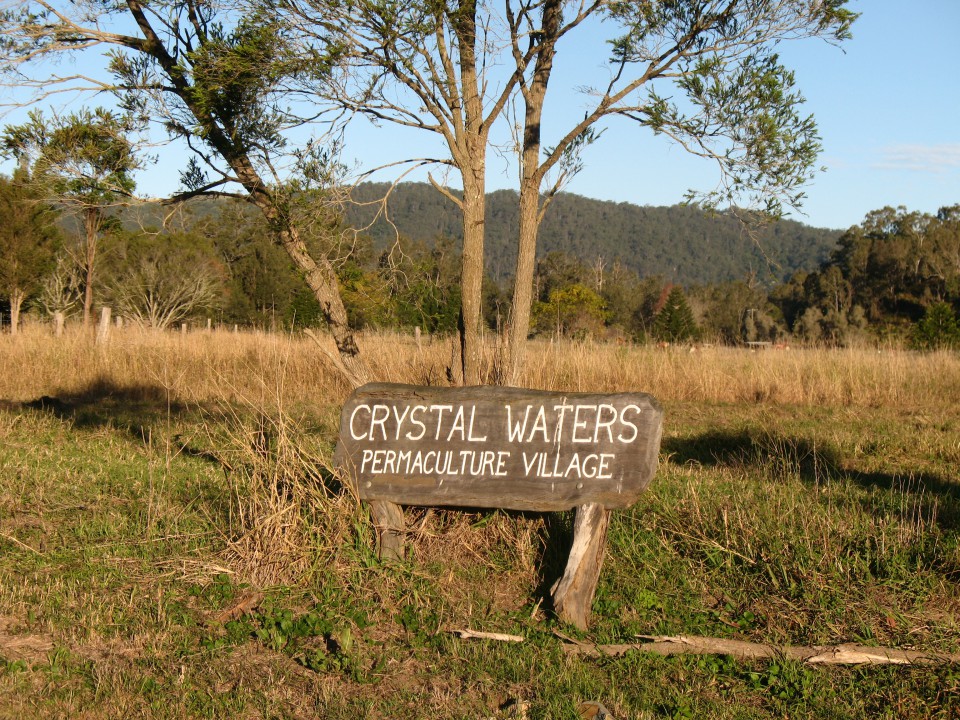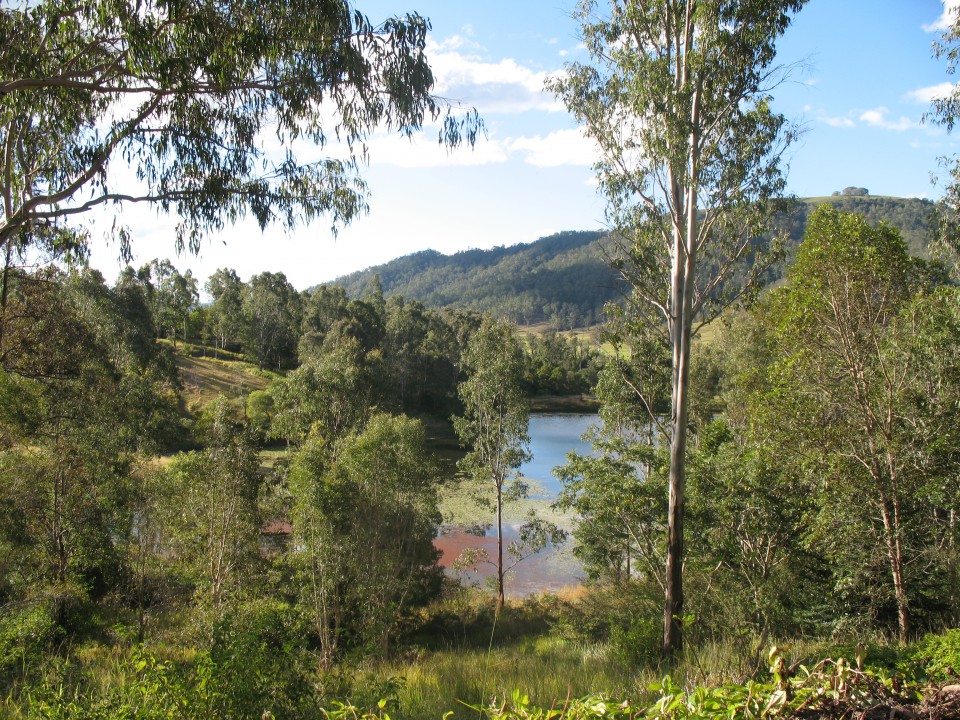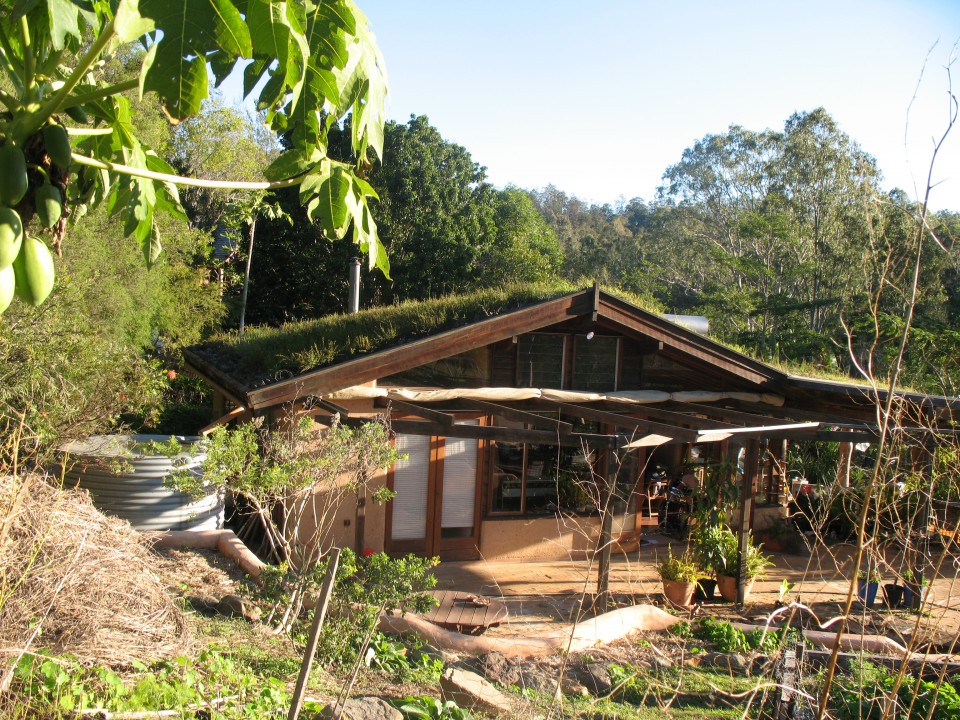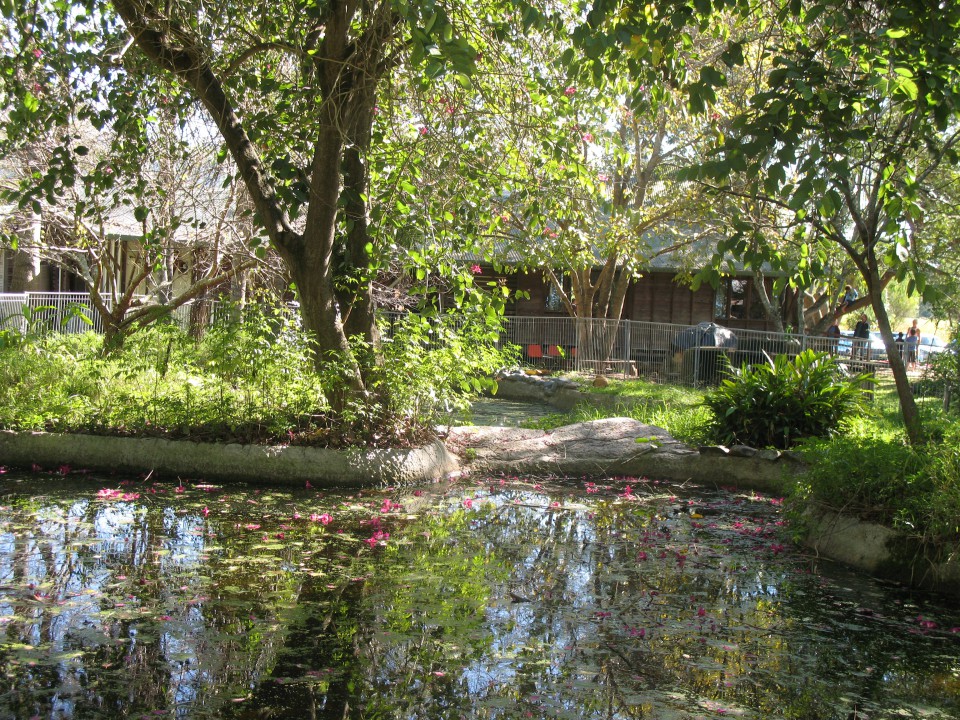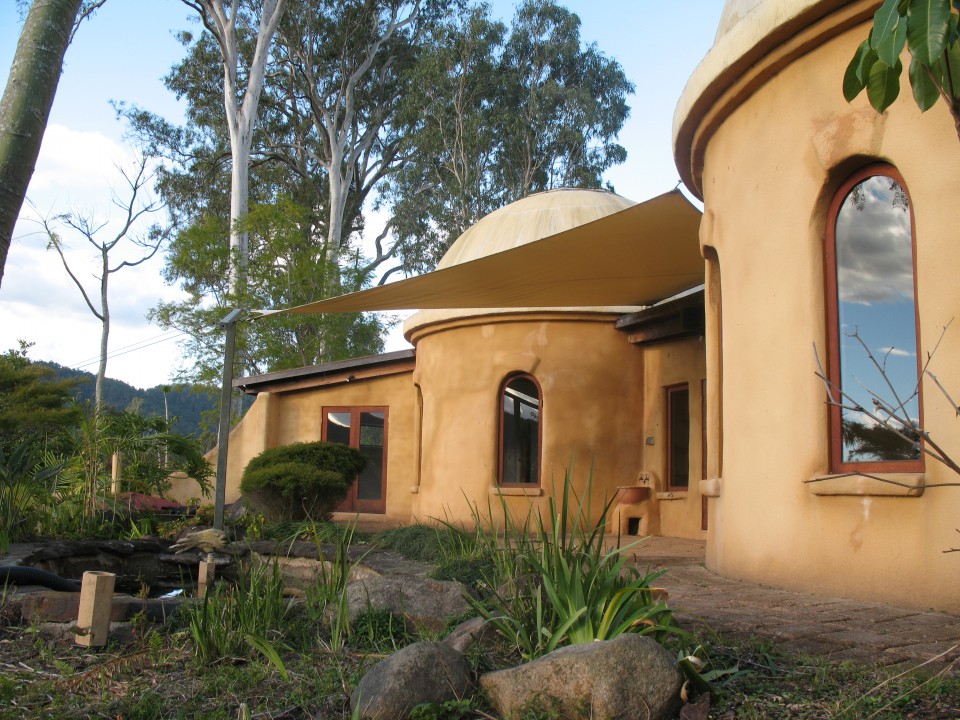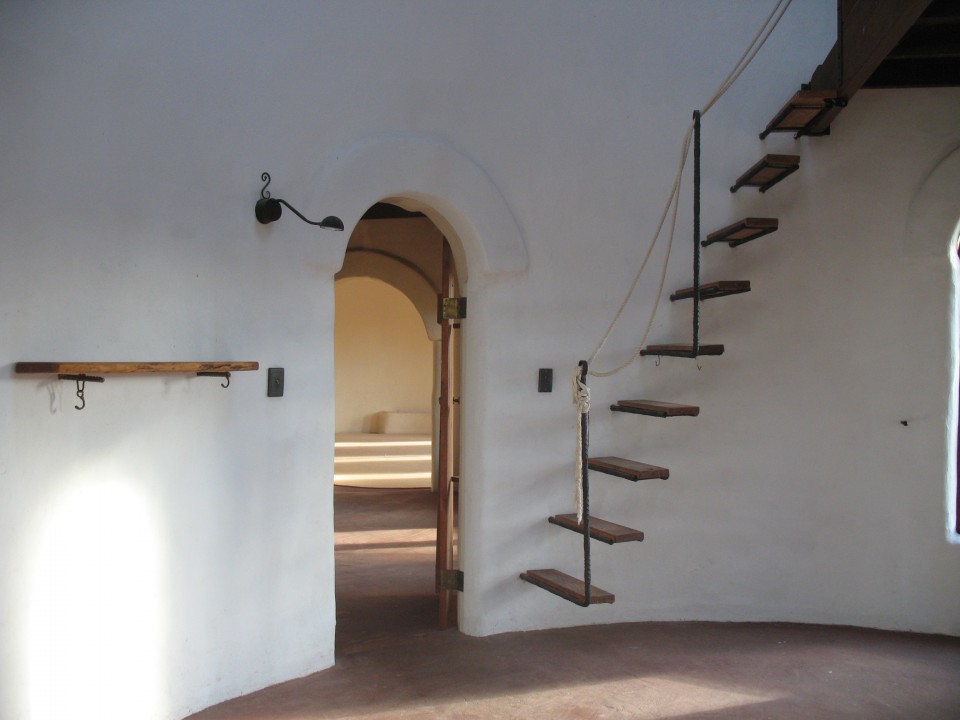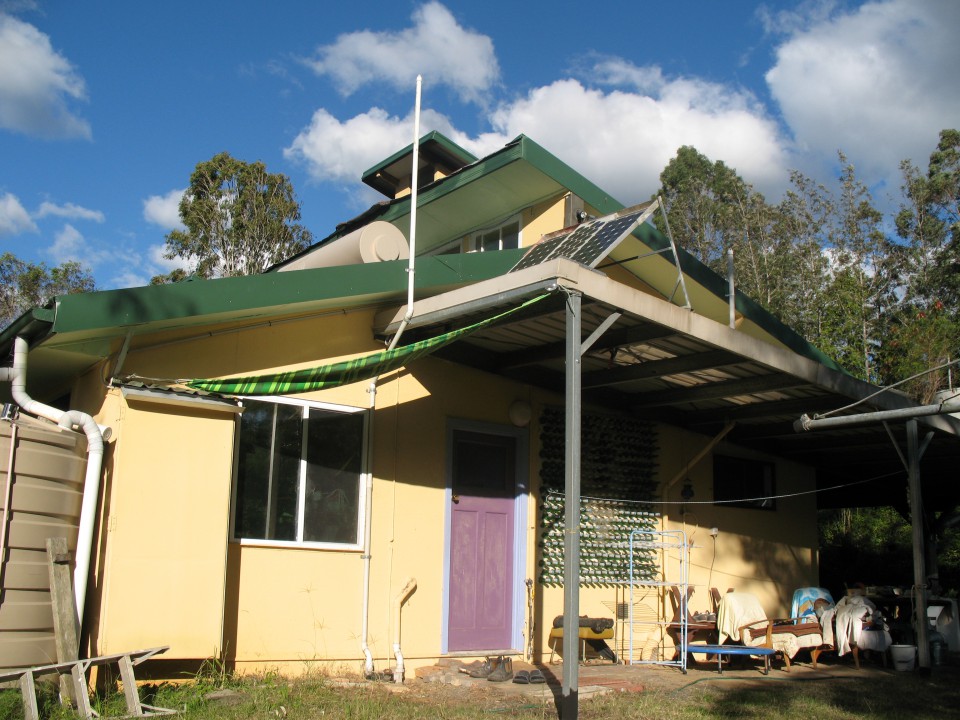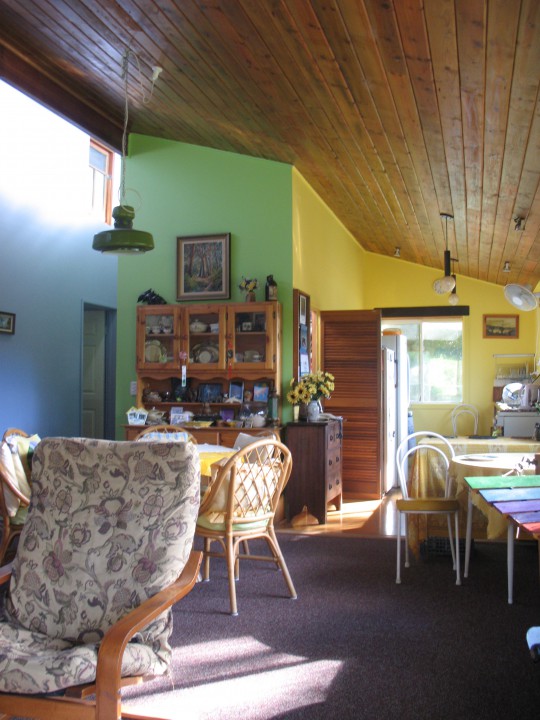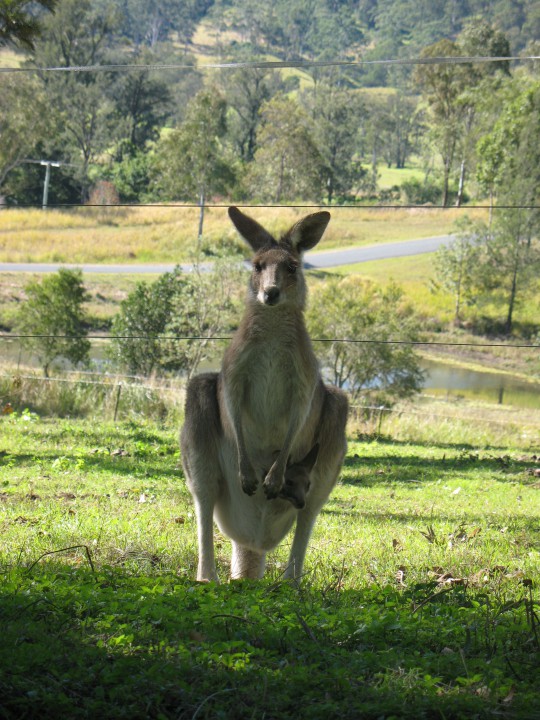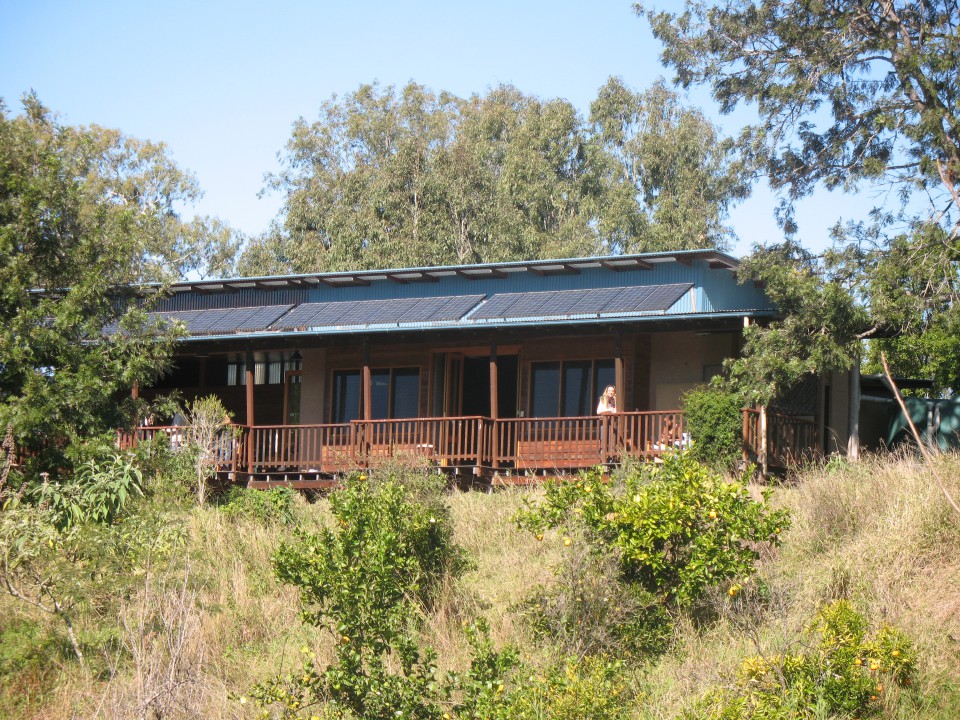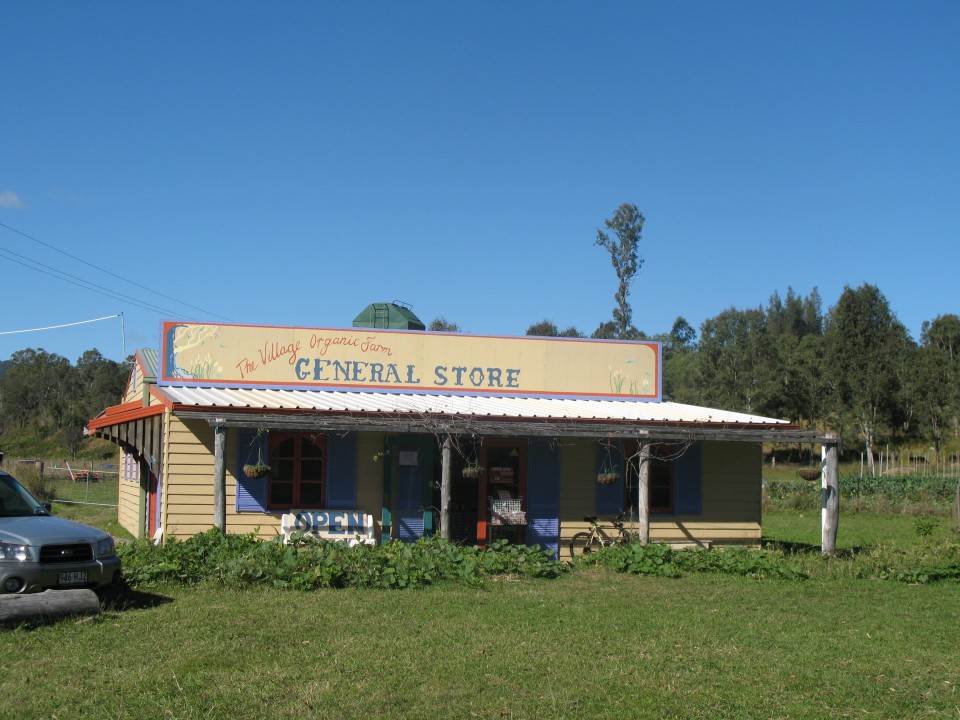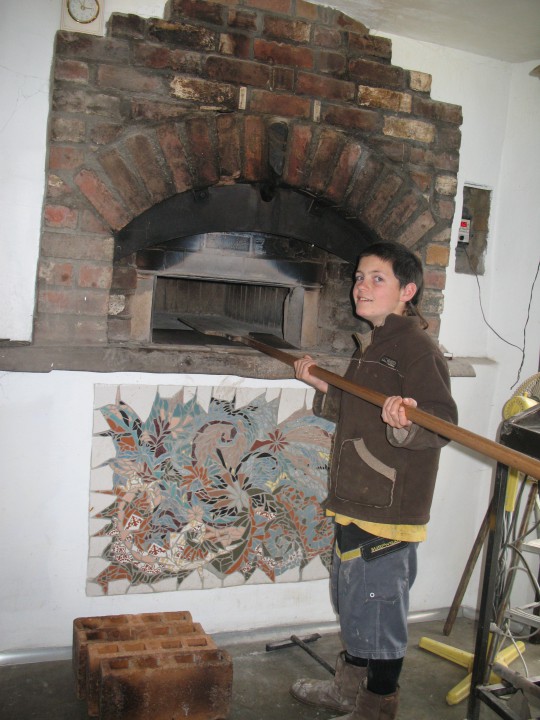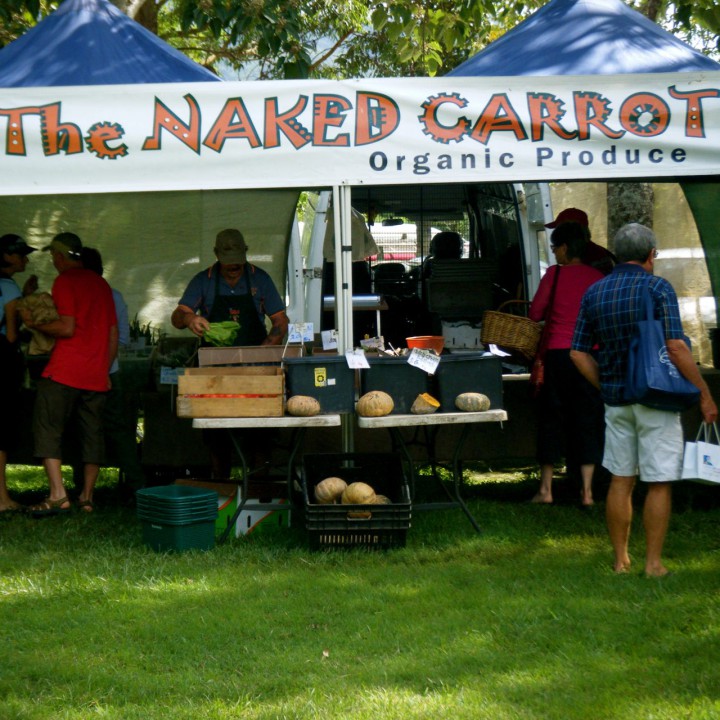Crystal Waters
In 1984, when Crystal Waters Permaculture Village was founded in northeastern Australia, it was the world’s first permaculture village. Some 200 residents now live on 85 private one-acre lots, with another 500-some acres held in common as a wildlife sanctuary. As a consequence, kangaroos and wallabies are a common sight along the road.
In a region plagued by extreme drought, Crystal Waters stands out as a sparkling oasis whose intricate network of dams channels rainwater into thriving streams and lakes.
By rural Australian standards, the community is high-density; most homes deploy solar energy and rainwater catchment. Yet the nearest town is a 30-minute drive and the community itself is spread across five steep ridges, making Crystal Waters very much part of the dominant car culture.
Residents enjoy their own bakery, a community center, and a monthly country market.
Official website: http://crystalwaters.org.au/
Video introduction
